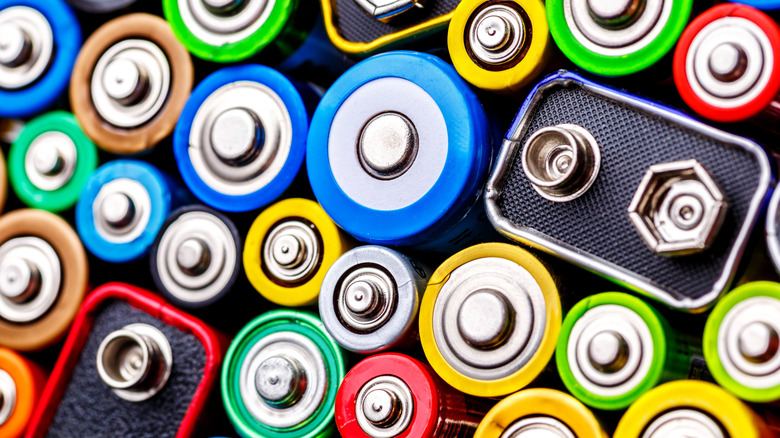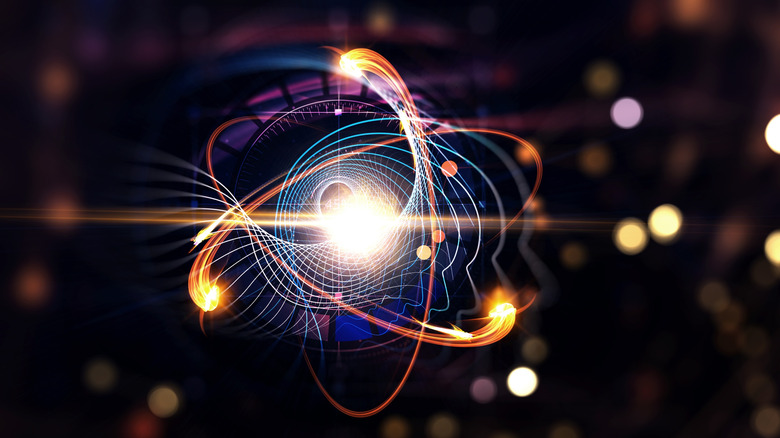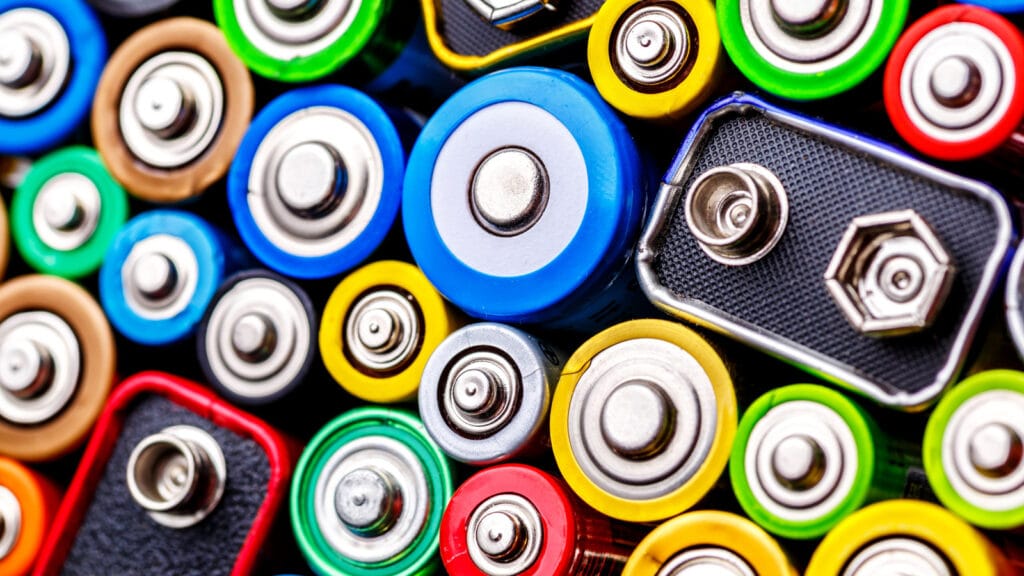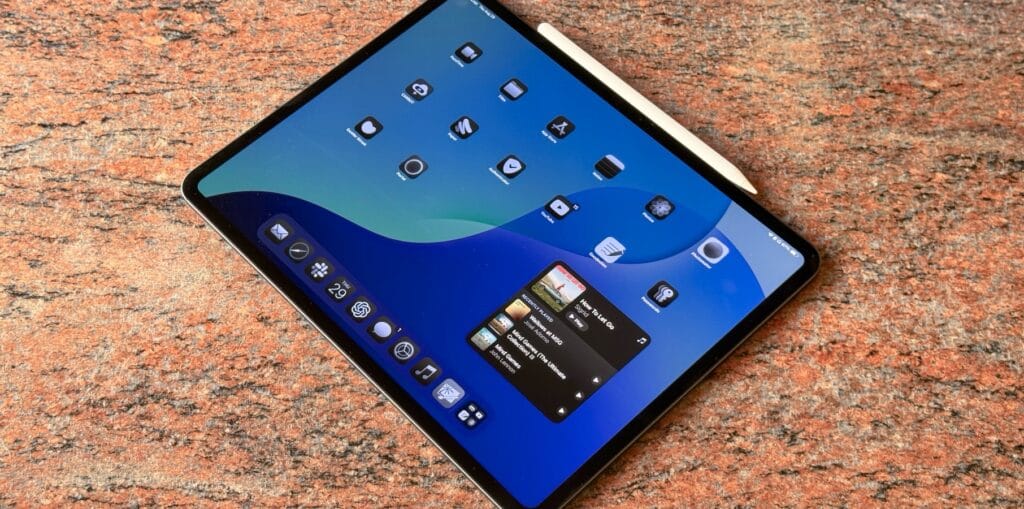 Bukhta Yurii/Shutterstock
Bukhta Yurii/Shutterstock
Despite the fact that batteries have essentially stagnated when it comes to overall design — lithium-ion batteries continue to be one of the top contenders for how we store energy — researchers continue to look for new materials to take their place. While some research has proven effective at using concrete to store energy, engineers are also looking for something to replace the lithium we use in standard batteries.
The hope from scientists here is that we’ll eventually be able to find something that is longer-lasting and less impactful on the environment when compared to lithium. And so far, we’ve had a few different options pop up. However, new research has utilized AI to quickly go through a catalog of different materials, and researchers have narrowed the search to at least five different materials they believe could help us create replacements for lithium-based batteries sometime down the road.
Finding new materials to create batteries could help a lot of different industries, too, especially the electric vehicle market. That’s because engineers are consistently looking for new ways to design EV batteries to make them last longer and work more efficiently. The tricky thing though, is finding a way to do that that isn’t overly expensive or dangerous to do.
New materials for stronger batteries
 Sergey Nivens/Shutterstock
Sergey Nivens/Shutterstock
It turns out, finding materials that might work as a replacement for lithium wasn’t exactly difficult. In fact, the researchers behind a new study featured in the journal Cell told ScienceDaily that is wasn’t the lack of promising materials that made the job hard. Instead, it was figuring out a way to go through all of them in an efficient manner. This is where generative AI comes into play.
The researchers shared five materials in their paper, each of which is made up of different components. These TMO-based structures offer a lot of room to work with, the paper notes, and could be the breakthrough that battery research has been looking for, as they feature larger, more open channels that will be perfect for moving large amounts of ions through safely.
We’ve already seen AI being used as a tool to help speed up medical diagnoses, and it has proven promising. So, it makes sense that researchers would turn to it in this particular type of research to help sort out what materials might work best without having to test each one manually themselves. Now they can look at what works through the AI’s testing, and then dig deeper to see if more research and engineering is worthwhile.




